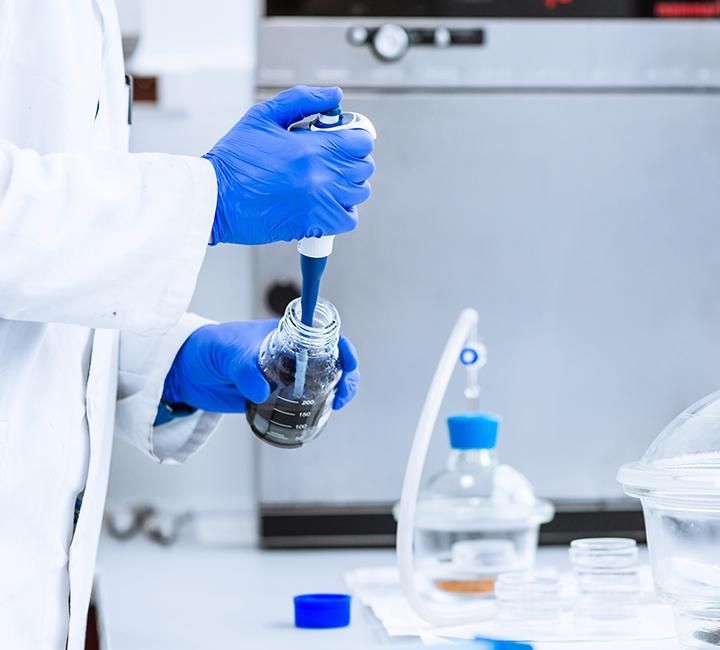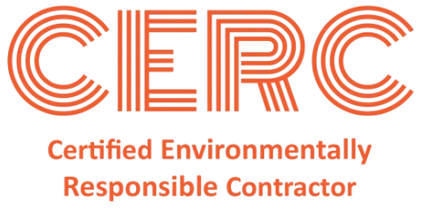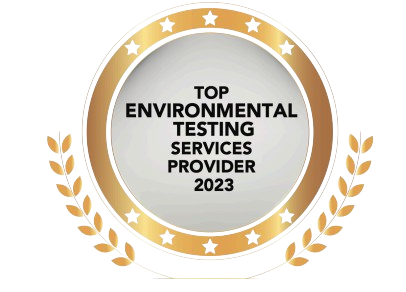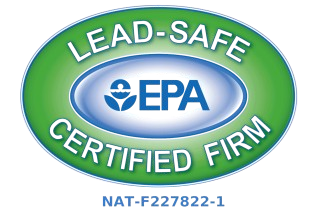VOC Testing & Mitigation
VOC Inspection Services in Rio Vista, Fairfield, CA & the Bay Area
Health impacts depend on the VOC level and duration of exposure, and individual susceptibility. Sensitive populations like children, the elderly, pregnant women, and those with existing medical conditions are at increased risk.
VOC Effects
Acute Effects:
- Headaches, dizziness, nausea
- Eye, nose and throat irritation
- Skin irritation
- Liver, kidney, and CNS damage
Chronic Effects:
- Cancer (leukemia, lymphoma, liver, breast, kidney)
- Neurotoxicity (cognitive and motor deficits)
- Endocrine disruption (reproductive and developmental effects)
- Organ damage (lungs, liver, kidneys)

VOCs and SVOCs are prevalent yet potentially hazardous compounds in our everyday environments and products. Analytical testing facilitates the detection of these chemicals at trace levels and enables proactive identification and reduction of contamination sources. VOC/SVOC analysis provides actionable environmental intelligence to improve public health and safety by limiting human exposures through better-informed control strategies. The science behind VOC/SVOC testing continues advancing with higher precision methodology and greater sensitivity at parts per quadrillion or lower.
VOC testing provides peace of mind. Knowing that you or your business has taken proactive steps to ensure a healthy environment can relieve stress and contribute to overall well-being. In summary, VOC testing is not just a regulatory requirement or a health precaution; it is an essential practice for maintaining a safe and healthy environment in both residential and commercial buildings.
- EPA Method TO-15 – Whole air samples are collected in specially prepared and evacuated stainless steel canisters. The canisters are sent to a lab where they are analyzed via gas chromatography/mass spectrometry. Hundreds of VOCs can be identified and quantified at very low concentrations. TO-15 is the EPA standard method for assessing VOCs in indoor air quality investigations.
- EPA Method TO-17 – Air is sampled by pulling it through sorbent tubes containing materials that capture VOCs. The tubes are sent to a lab where VOCs are desorbed using heat then analyzed via gas chromatography with mass spectrometry detection. TO-17 has lower detection limits than TO-15 for many compounds.
- Direct Interface Gas Chromatography – This technique allows real-time monitoring of VOCs in air. An analytical system connected directly to a sampling point provides VOC measurements within seconds rather than waiting hours or days for lab results. While less sensitive than TO-15 or TO-17, it provides immediate quantitation useful for locating VOC sources or monitoring hazardous atmospheres.
- Photoionization Detectors (PIDs) – PIDs use an ultraviolet lamp to ionize VOCs which generates a current proportional to their concentration. Battery-operated handheld PIDs provide real-time, on-the-spot VOC measurements. They are relatively inexpensive, simple to use, and intrinsically safe for monitoring flammable VOCs. However, they do not differentiate between types of VOCs and have detection limits in the parts per million (ppm) range.
VOC Testing Methodology






